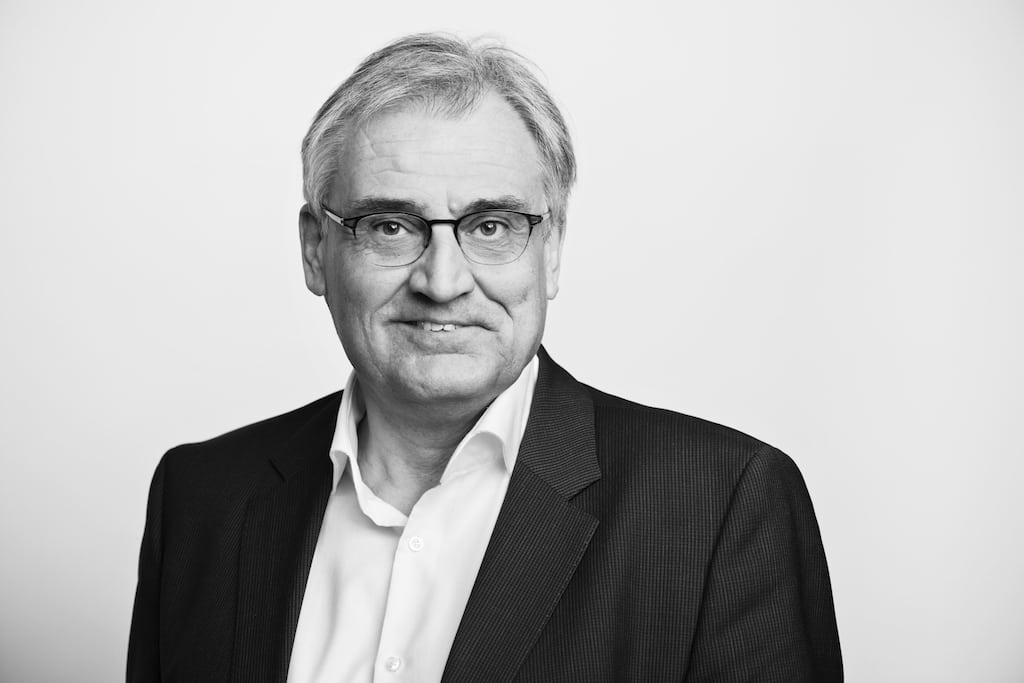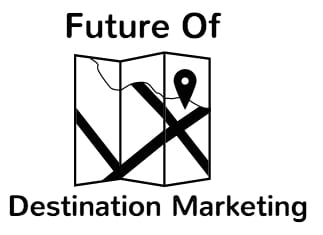Skift Take
Proving the economic value of tourism marketing is critical to attracting more funding, which yield even better results. All organizations should have, or be working on, a measurement model.
Editor’s Note: Skift is publishing a series of interviews with CEOs of destination marketing organizations where we discuss the future of their organizations and the evolving strategies for attracting visitors. Read all the interviews as they come out here.
This continues our series of CEO interviews that began with online travel CEOs in Future of Travel Booking (now an e-book), and continued with hotel CEOs in the Future of the Guest Experience series (which is also an e-book).
Although funding remains a constant challenge for destination marketing organizations, several leaders in the industry are learning that the key to a bigger budgets lies is measurement. These executives are using analytics to try and quantify the returns of the marketing campaigns, Instagrammer trips, and TV ads.
As part of our ongoing interview series, we asked the leaders of destination marketing organizations around the globe why it’s so tough to get funding even as the economic significance of travel becomes better realized and what changes they see abreast for the future.
Below are insights from four leaders of destination marketing organizations around the world:
Everything that a destination marketing organization does with taxpayer money has to be measurable. Cities have to decide whether they’re going to fix roads or target the tourism organization. The organizations that are much more prudent and demonstrate ROI are the ones that will continue to get funding.
Destination NSW CEO Sandra Chipchase
There’s two factors here: Destination marketing organizations are not good at selling themselves and they don’t have enough measurement tools and key performance indicators in place. It’s about having a strategic plan. You need to lock in long-term funding.
You can’t be marketing if you’re constantly worried about whether you’ll have enough money for staff next week. If they can get their budgets locked and loaded for three years then that takes the immediate pressure off of running their business.
The second part of that is about getting really great measurement tools. Many DMOs don’t have targets or a way to benchmark themselves against competitors. Even once they have that data, some organizations are so busy doing their jobs that they forget to promote their results, to champion themselves within their local communities or businesses or governments. That’s something that we’ve really concentrated on.
We’ve been able to show a reverse in a decline in visitation in the three years since we were formed. We’ve increased tourism by 9.5 percent in overnight visitors and increased average visitor expenditure by 14.9 percent. Those increases give us a great marketing tool and an opportunity to show government and stakeholders that our strategy is working.
Results can lead to even better results and measurement can lead to even better measurement… and of course bigger investment.
With DMOs, the financial power is often with the government so we’re always competing with other sectors, such as hospitals and schools. We know for a fact that we can only influence 7 percent to 10 percent of tourism through marketing. The rest will be outside factors. What we can measure, however, is the return on investment on tourism to Danish society, and to use this to persuade the government to offer the funding.
For a more fact-oriented approach, we have in recent years developed an impact measurement model, which shows us that for every one Danish krone invested in tourism, society gets it back 17-fold. That is something that politicians understand.
Tourism New Zealand CEO Kevin Bowler
I think that DMOs struggle to be able to prove their functionality. What is the additional value of visitors that come to a destination as a result of the activities that they’ve performed? What we’re finding is that the closer we get to our partners, the better we’re able to articulate our value.
I don’t think policy makers struggle to understand the economic value of tourism. They struggle with understanding the additional value that a destination marketing organization brings to the industry. It’s a tough question to answer but we have some good, at least partial answers that are helping us.
In the past two years, we’ve had a 40 percent increase in funding as result of demonstrating the incremental value that we bring to New Zealand’s economy.
The Daily Newsletter
Our daily coverage of the global travel industry. Written by editors and analysts from across Skift’s brands.
Have a confidential tip for Skift? Get in touch
Tags: executives, fodm, funding
Photo credit: Jan Olsen, CEO of VisitDenmark, says the tourism sector assists in economic and job growth. VisitDenmark

